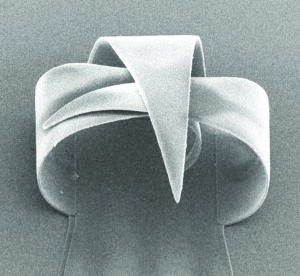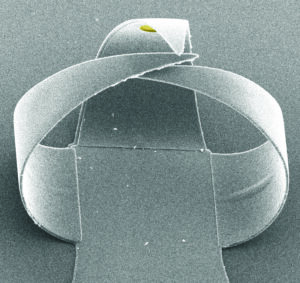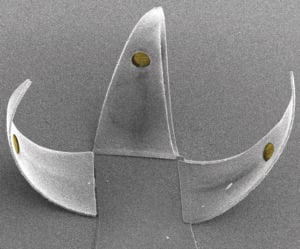 It could be the world’s tiniest EEG electrode cap, created to measure activity in a brain model the size of a pen dot. Its designers expect the device to lead to better understanding of neural disorders and how potentially dangerous chemicals affect the brain.
It could be the world’s tiniest EEG electrode cap, created to measure activity in a brain model the size of a pen dot. Its designers expect the device to lead to better understanding of neural disorders and how potentially dangerous chemicals affect the brain.
This engineering feat, led by Johns Hopkins University researchers and detailed in Science Advances, expands what researchers can accomplish with organoids, including mini brains—the lab-grown balls of human cells that mimic some of a brain’s structure and functionality.
“This provides an important tool to understand the development and workings of the human brain,” says David Gracias, a chemical and biomolecular engineering professor and one of the creators. “Creating micro-instrumentation for mini organs is a challenge, but this invention is fundamental to new research.”
Inspired by the electrode-dotted skull caps used to detect brain tumors, the team created tiny EEG caps for brain organoids from self-folding polymer leaflets with conductive polymer-coated metal electrodes. The microcaps wrap around the entirety of an organoid’s spherical shape, enabling 3D recording from the entire surface, so that, among other things, researchers can listen to the spontaneous electrical communication of neurons during drug tests.







